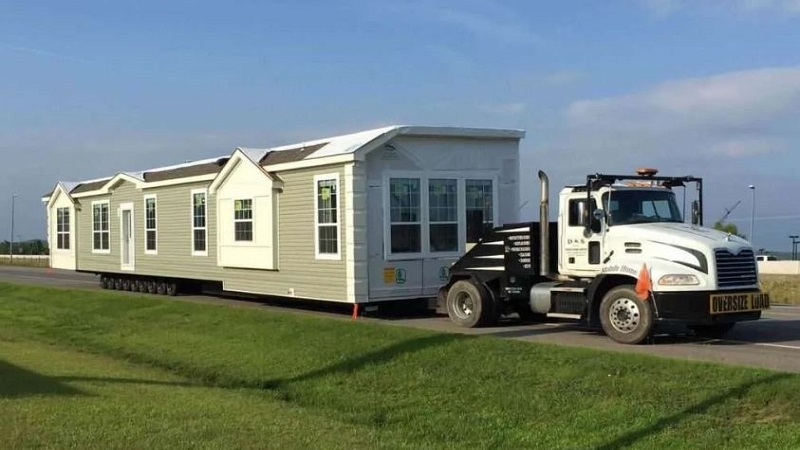Moving a mobile home can be a challenging and often expensive process, but with the right knowledge and resources, it is possible to reduce or even eliminate the costs associated with relocating your home. This comprehensive guide will explore practical steps and strategies to help you move your mobile home for free, ensuring a smooth and cost-effective transition. While it’s not possible to move a mobile home entirely for free, you can explore various options to minimize the costs.
Understanding the Basics of Mobile Home Moving
Before diving into how to move a mobile home for free, it’s essential to understand what the process entails. Moving a mobile home involves preparing the home for transport, securing the necessary permits, hiring a professional mover, and setting up the home at the new location. Each step requires careful planning and execution.
Legal Considerations and Permits
Before moving your mobile home, you must obtain the appropriate permits from local government authorities. These permits ensure that your move complies with local laws and regulations, which vary by jurisdiction. Check with your local building inspector or planning office to find out what is required in your area.
Preparing Your Mobile Home for Transport
Proper preparation is crucial to prevent damage during the move. This includes securing all movable items inside the home, disconnecting utilities, and ensuring that the structure is stable and ready for lifting. Depending on the age and condition of your mobile home, additional reinforcements may be necessary.
Strategies to Move Your Mobile Home for Free
While moving a mobile home for free can be challenging, there are several strategies you can employ to significantly reduce or eliminate costs.
1. Seek Out Sponsorships or Partnerships
One innovative approach is to look for sponsorships or partnerships with businesses that might benefit from the publicity of helping you move. Local businesses or mobile home manufacturers could be interested in sponsoring your move in exchange for advertising opportunities.
2. Barter Services
If you have skills or services to offer, consider bartering with a moving company. For example, if you are a web developer, you could offer to create or improve the mover’s website in exchange for their services.
3. Utilize Volunteer Help
Gathering a group of friends and volunteers to assist with aspects of the move that do not require professional expertise can reduce costs. While you may still need professionals for certain tasks, volunteers can help with preparing the home for transport or setting it up at the new location.
4. Look for Government Programs
In some regions, government programs aimed at revitalizing certain areas might offer financial assistance or free services for moving a mobile home. Contact your local housing authority or community development office to inquire about any programs for which you might qualify.
Choosing the Right Mobile Home Mover
Even if you find ways to offset some of the costs, choosing the right professional mover is crucial for a successful relocation.
Research and Compare Movers
Research potential movers thoroughly. Look for companies with good reputations and reviews, and make sure they have experience with mobile homes. Get multiple quotes and ask each mover what services they include in their pricing.
Verify Licensing and Insurance
Ensure that any mover you hire is licensed and insured. This protects you from liability in case of accidents or damage to your home during the move.
Preparing for Moving Day
Once you have arranged for a mover and taken care of the financial aspects, it’s time to prepare for the actual move.
Final Checks and Coordination
Conduct a final check of your mobile home to ensure everything is secure. Confirm all details with your mover and volunteers, including timing, responsibilities, and contact information.
On the Day of the Move
On a moving day, be present to oversee the process. Ensure that everything goes according to plan and that all safety measures are followed to prevent any accidents or damage.
Setting Up at the New Location
Arriving at your new location is not the end of the journey. The home needs to be properly set up, which includes leveling the home, reconnecting utilities, and making any necessary repairs.
Post-Move Inspections
After the home is set up, inspect it thoroughly to ensure everything is in working order. This is also a good time to make any adjustments or improvements to enhance your home’s stability and comfort.
Conclusion
Moving a mobile home for free requires creativity, resourcefulness, and careful planning. By exploring sponsorship opportunities, bartering services, utilizing volunteer help, and investigating government programs, you can significantly reduce or completely cover the costs of your move. Remember, the key to a successful relocation is choosing the right professionals and being well-prepared every step of the way.
